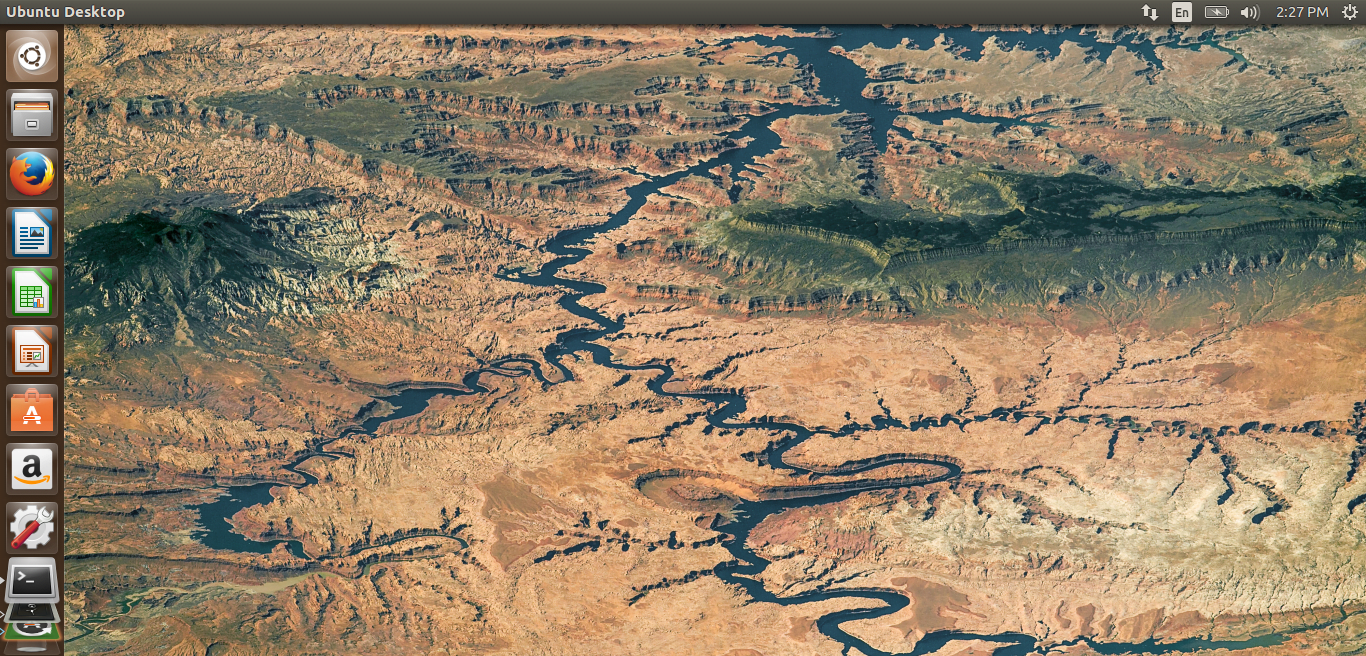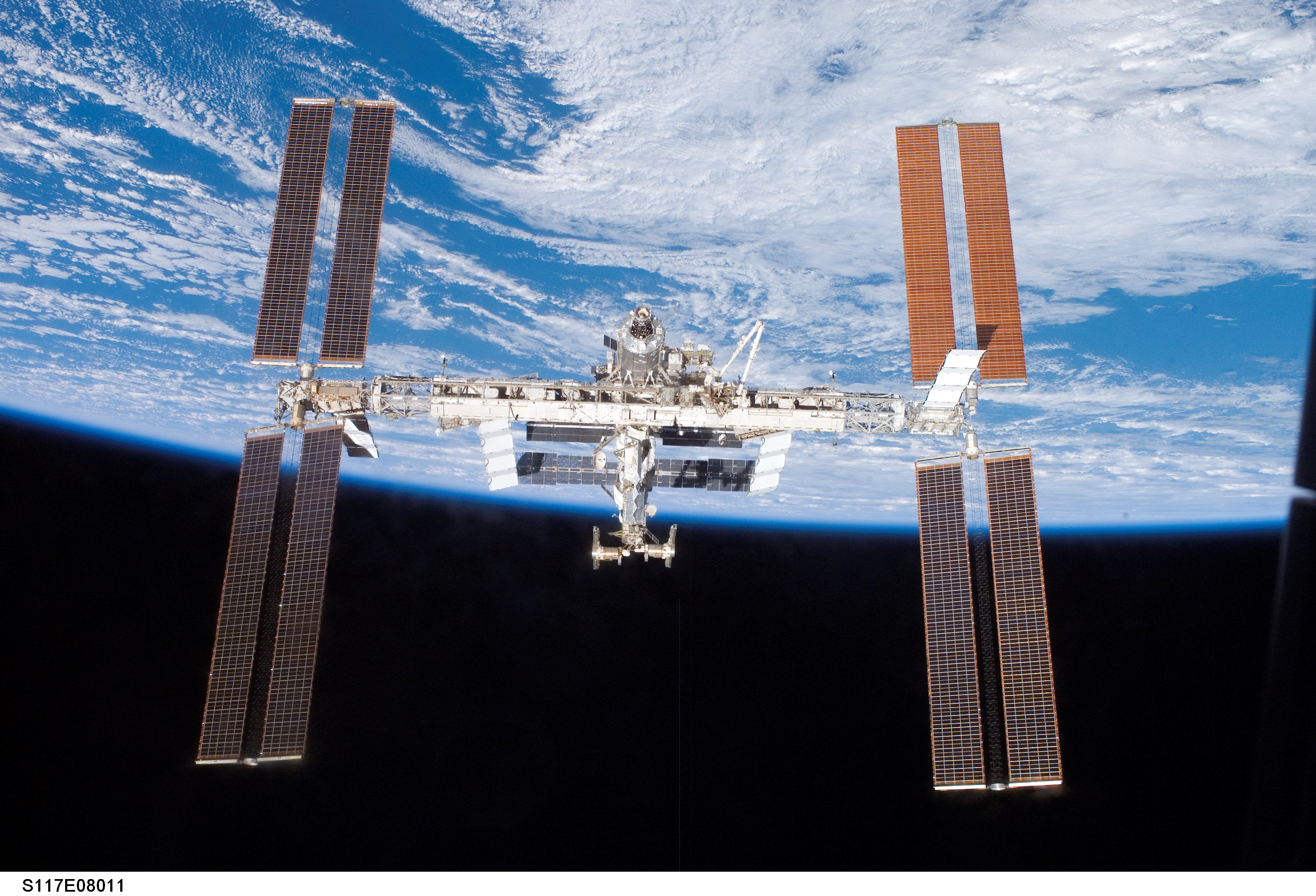


- #Set desktop background to nasa picture of the day series
- #Set desktop background to nasa picture of the day free
It is the third of a series of shots which were taken just before and are nearly identical, NASA photograph AS15 and AS16, the second also having been used as a full-Earth image. The photograph's official NASA designation is AS17. Circumstances ĪS17, from which The Blue Marble was cropped. Today, as speculated by NASA archivist Mike Gentry, The Blue Marble is among the most widely distributed images in history. The Apollo 17 image, however, released during a surge in environmental activism during the 1970s, became a symbol of the environmental movement, as a depiction of Earth's frailty, vulnerability, and isolation amid the vast expanse of space. Several of the pins made their way to NASA employees. He sold and distributed buttons for 25 cents each that asked: "Why haven't we seen a photograph of the whole Earth yet?" During this campaign, Brand met Richard Buckminster Fuller, who offered to help Brand with his project. He got inspired during an LSD trip, seeing a "psychedelic illusion" of the Earth's curvature, convincing him that a picture of the entire planet would change how humans related to it. īefore the Blue Marble a picture of the fully illuminated Earth by the ATS-3 satellite was used in 1968 by Stewart Brand for his Whole Earth Catalog, after campaigning since 1966 to have NASA release a then-rumored satellite image of the entire Earth as seen from space. The Blue Marble was not the first clear color image taken of an illuminated face of Earth, since such images by satellites had already been made and released as early as 1967, although it still is the first time when such a photo was taken by a person. To the astronauts, the slightly gibbous Earth had the appearance and size of a glass marble, hence the name. The astronauts had the Sun above them when they took the image. The photograph, taken on December 7, 1972, is one of the most widely distributed photographic images in existence. These were created by looking through satellite pictures taken over time in order to find as many cloudless photographs as possible to use in the final images. NASA has also applied the name to a 2012 series of images which cover the entire globe at relatively high resolution. The South Asian mainland is on the eastern limb. In addition to the Arabian Peninsula and Madagascar, almost the entire coastline of Africa and most of the Indian Ocean are clearly visible. This was the first time the Apollo trajectory made it possible to photograph the south polar ice cap, despite the Southern Hemisphere being heavily covered in clouds. It mainly shows Earth from the Mediterranean Sea to Antarctica.

Taken by the crew of the Apollo 17 spacecraft on its way to the Moon, it is one of the most reproduced images in history. The Blue Marble is an image of Earth taken on December 7, 1972, from a distance of about 29,000 kilometers (18,000 miles) from the planet's surface. Not only is ‘Set Wallpaper’ back now, but personal automations have been updated to support interaction- and alert-free execution, meaning that a shortcut like SpaceWall can now run on its own, on a schedule, without you having to do anything else.The Blue Marble, taken by the Apollo 17 crew in 1972 However, that version could not set images as wallpapers since Apple mysteriously removed the ‘Set Wallpaper’ action during the iOS 13 beta cycle. I first discovered this back in the days of iOS 13, when I put together an initial version of this shortcut.
#Set desktop background to nasa picture of the day free
Besides the idea itself, what I love about the APOD service is the fact that there’s a free API we can use to get HD images for specific dates in the past. SpaceWall takes advantage of NASA’s Astronomy Picture of the Day (APOD), a website provided by NASA and Michigan Technological University that, since 1995 (!) has offered an incredible collection of space photography for everyone to see and use. The shortcut is called SpaceWall, and it lets you wake up each day to a beautiful space wallpaper automatically set on your iPhone, iPad, or Mac. For this week’s special issue of MacStories Weekly to celebrate Week 2 of Automation April, I dusted off an old shortcut of mine and updated it for the modern era of Shortcuts automations and the ability to set wallpapers on your devices.


 0 kommentar(er)
0 kommentar(er)
